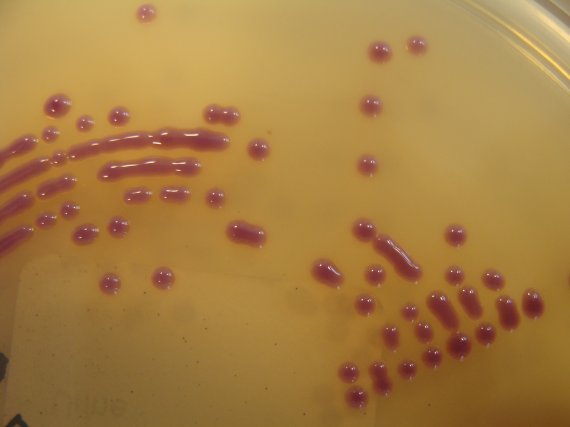The Wageningen researchers based their method on the beta-lactamase gene. This enzyme breaks down antibiotics but is less able to recognize chemically altered antibiotics. In the laboratory, one can observe how this recognition becomes more efficient after artificial selection. For this purpose, postdoc Martijn Schenk first made hundreds of thousands of copies of the flawed enzymes. In nature, mutations like these also take place and form selection material for evolution. The genes which contained flaws were then placed in a bacterium and their tolerance for antibiotics was measured. This method enables the increase in resistance to be determined exactly and therefore shows how much of a positive effect the mutation has. ‘For beta-lactamase, we can show that in the short term when only one round of selection is involved, more than three percent of all mutations are beneficial,’ says Associate Professor Arjan de Visser of the Laboratory of Genetics. According to him, this approach is a little similar to the controversial research into bird flu. Researchers conduct tests to find out which gene mutations have the potential to improve functionality and so increase the chances for posterity. This overview of one selection round is only a first step. De Visser: ‘We have now moved on to observe evolution in the long term, which involves more selection rounds.’ This approach would also tell us more about the evolution process itself, and answer questions such as: how often does selection repeat itself, and how predictable is evolution? De Visser promptly found something interesting. While most of the 87 beneficial mutations provided a small amount of positive effect, as expected, there were in fact more super beneficial mutations than those predicted. The process of predicting evolution would be enhanced when there are fewer possible paths. The population size also plays a role, something which will also be researched into. De Visser: ‘Eventually, our aim is to make predictions involving several evolutionary steps.’ De Visser points out another major shortcoming. Currently, he does not directly measure evolutional ‘fitness’ or the number of offsprings, although this ought to be the measure of evolution. Antibiotic resistance, which is easily and accurately measured, may not exactly correspond to fitness. Meanwhile, De Visser is conducting tests to let bacteria compete with one another while floating on an antibiotic. In essence, this is like looking at evolution in a test tube. This study has been published on 28 June in the PLoS Genetics journal.
Calculating evolution
Wageningen geneticists can now make calculations about evolution more accurately than ever before. This takes them a little closer to their holy grail: predicting evolution a few steps ahead.

